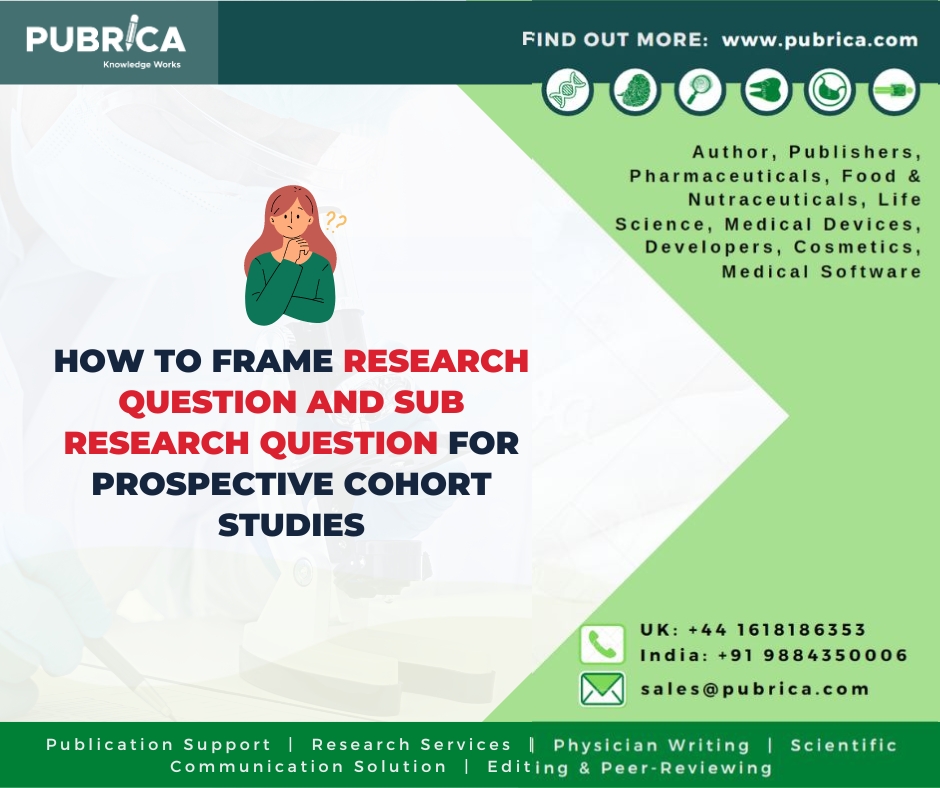
How to Frame a Research Question and Sub-Research Question for prospective Cohort Studies
April 28, 2023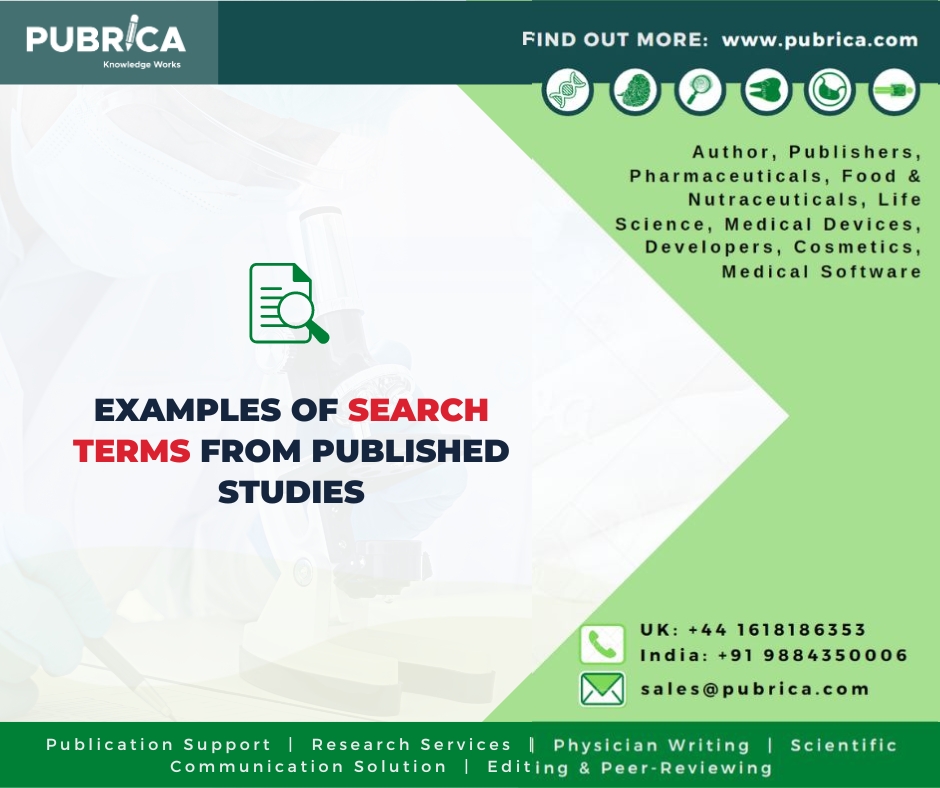
Examples of Search Terms from Published Studies
May 2, 2023A research question specifies precisely what you want to learn from your investigation. A strong research question is critical for directing your original research article, dissertation, or thesis.
Introduction
A good research question for prospective case report studies depends on the specific research topic and population of interest. However, here are some general guidelines for developing a good research question for prospective studies:
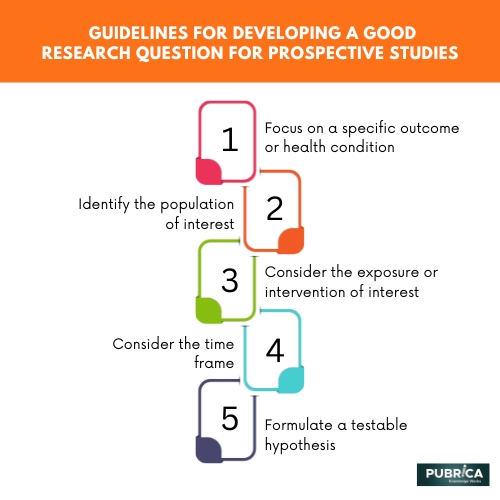
- Prospective specific outcome or health condition: A good research question for prospective studies should focus on a specific health outcome or condition, such as cardiovascular disease, diabetes, or cancer.
- Identify the population of interest: The research question should also specify the population of interest, such as middle-aged adults, older adults, or people with a specific health condition.
- Consider the exposure or intervention of interest: The research question should also consider the exposure or intervention of interest, such as physical activity, dietary habits, or medication use.
- Consider the time frame: Prospective studies involve following participants over a period of time, so the research question should consider the time frame for the study, such as 5 years, 10 years, or longer.
- Formulate a testable hypothesis: A good research question for prospective studies should be testable and hypothesis-driven, meaning that it should be formulated as a question that can be answered through data analysis.
The following are some examples of descriptive and framing questions:
- Descriptive: According to current government arguments, how should a European bank tax be implemented?
- Describe: which nations impose a bank tax or fee on financial transactions.
- Framing: How should a European bank tax/levy on financial transactions look?
Keep in mind that sub-questions are not required. They should only be asked if the findings are required to address your main inquiry. If your primary question is basic enough to stand alone, you can skip the sub-question section. Generally, the more complicated your subject, the more sub-questions you will require.
Limit yourself to no more than 4 or 5 sub-questions. If you believe you require more, this might indicate that your core research topic is not adequately specific. In this instance, it’s best to go back through your issue statement and try to narrow down your key question.
Example research question:
Does regular physical activity reduce the risk of cardiovascular disease among middle-aged adults over a 10-year period compared to sedentary ones?
This research question specifies the health outcome (cardiovascular disease), the population of interest (middle-aged adults), the exposure of interest (regular physical activity), and the time frame (10-year period). It is also testable and hypothesis-driven, meaning it can be answered through data analysis.
About Pubrica
Pubrica‘s team of researchers and writers generates scientific and medical research articles that might be significant resources for practitioners and authors. Pubrica medical writers aid you in creating and rewriting the introduction by informing the reader of the gaps in the selected research field. Our experts are aware of the sequence in which the broad topic, issue, and background are followed by the particular subject in which the hypothesis is given.
References
Fandino, Wilson. “Formulating a good research question: Pearls and pitfalls.” Indian Journal of Anaesthesia 63.8 (2019): 611.

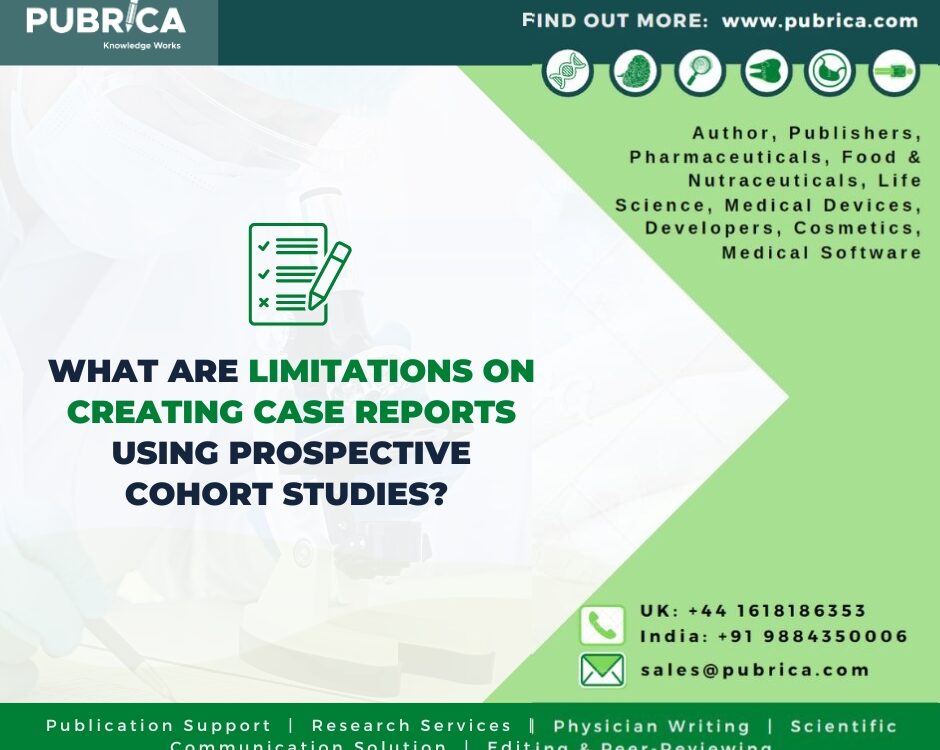
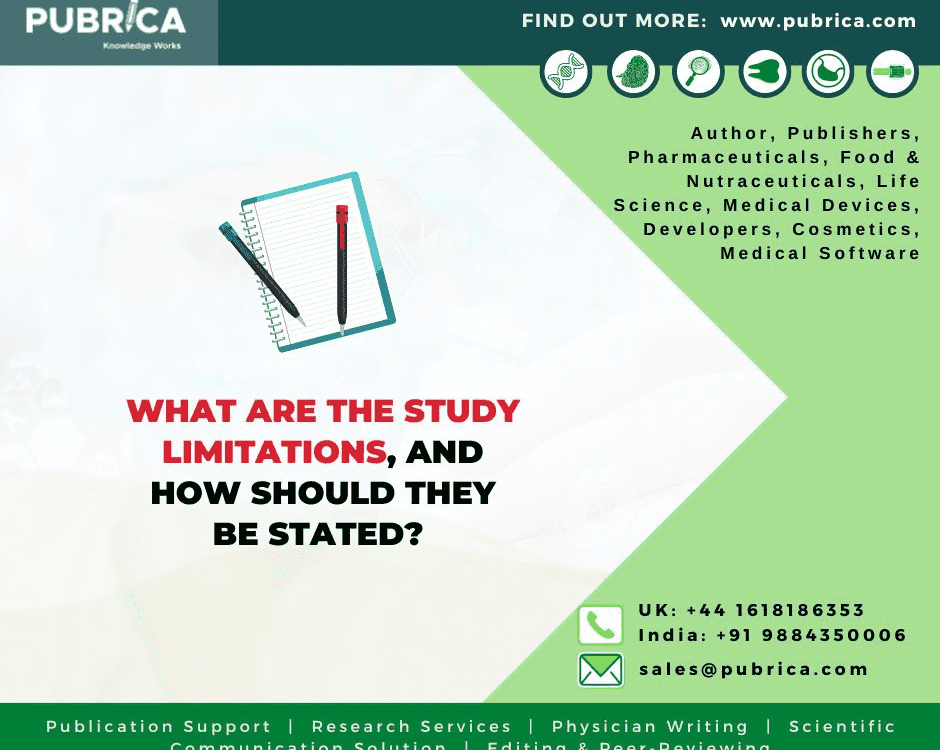
What are the key points to reflect while considering the case report series in BMJ?
Read more